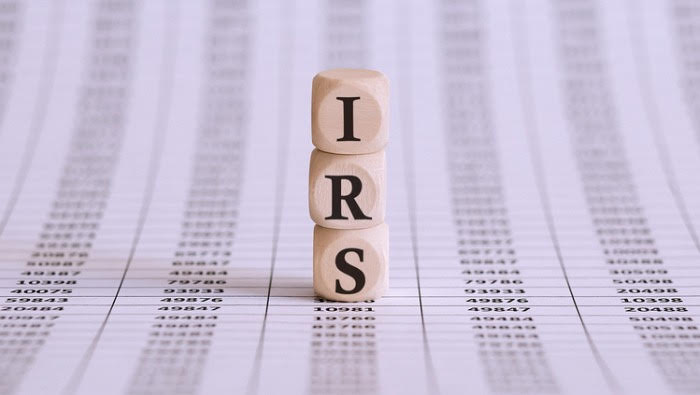This month, the Internal Revenue Service (IRS) announced it will allow a two-year transitional period for employers to implement a Roth catch-up requirement under the SECURE 2.0 Act of 2022 (SECURE 2.0 Act). Specifically, the requirement states that participants with Federal Insurance Contributions Act (FICA) wages over $145,000 during the prior calendar year must make catch-up contributions on a Roth basis. Under the SECURE 2.0 Act, this requirement takes effect on January 1st, 2024. Employers should consult expert legal counsel to determine whether and when to implement other provisions of the SECURE 2.0 Act. In addition, employers acting as fiduciaries should ensure they comply with duties under the Employee Retirement Income Security Act (ERISA). This includes keeping employee records containing benefit information for at least six years after the filing date. In addition, they must act in the best interest of plan participants. In July, fiduciaries had to pay over $124 million for retirement plan asset mismanagement.
Background of the SECURE 2.0 Act
Three years after the signing of the Setting Every Community Up for Retirement Enhancement Act of 2019 (SECURE Act), President Biden signed the SECURE 2.0 Act. It made further revisions to some of the statutes under the original SECURE Act. These included several changes affecting retirement plans, plan sponsors, and plan providers. These revisions included:
- Incremental increases to the age requirement of terminated participants after which required minimum distributions (RMDs) must begin;
- Offering small financial incentives for contributions, provided that the incentives are de minimis and not paid for with plan assets;
- Allowing employer contributions to be treated as Roth after-tax contributions if the employee elects; and
- Plan overpayment recovery limits.
Effective dates for those revisions ranged from immediate to as late as 2033. Meanwhile, other changes are set to take effect in January 2024. These include increases to the amount of “catch-up” contributions allowed by employees and treating them as Roth (i.e., after-tax) contributions for higher earners. Catch-up contributions are retirement savings contributions that allow people aged 50 and older to make additional 401(k) account and individual retirement account (IRA) contributions.
Two-Year Transitional Period for the Roth Catch-Up Requirement
In August, the IRS released Notice 2023-62, which announced a two-year “administrative transition period” for implementing the SECURE Act 2.0’s Roth catch-up requirement. This transitional period provides some leeway for some plan sponsors and record keepers who may have found implementing the new rule difficult under time constraints. Essentially, the transitional period moves the requirement’s enforcement date to January 1st, 2026. The IRS’ guidance further clarified that catch-up contributions will continue to be available after 2023. During the two-year transitional period, if a covered participant makes catch-up contributions not as Roth contributions, they will have satisfied the requirement under the SECURE 2.0 Act for the time being. In addition, plans that do not yet permit Roth contributions may continue to allow catch-up contributions during the transitional period.

